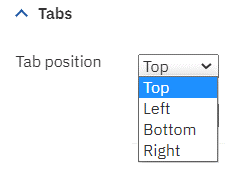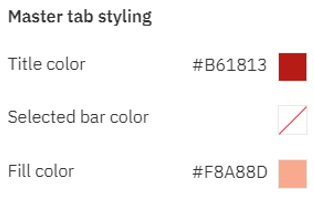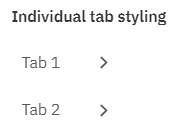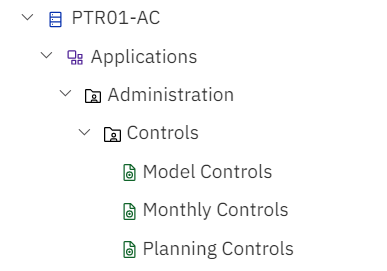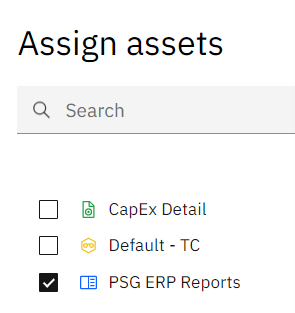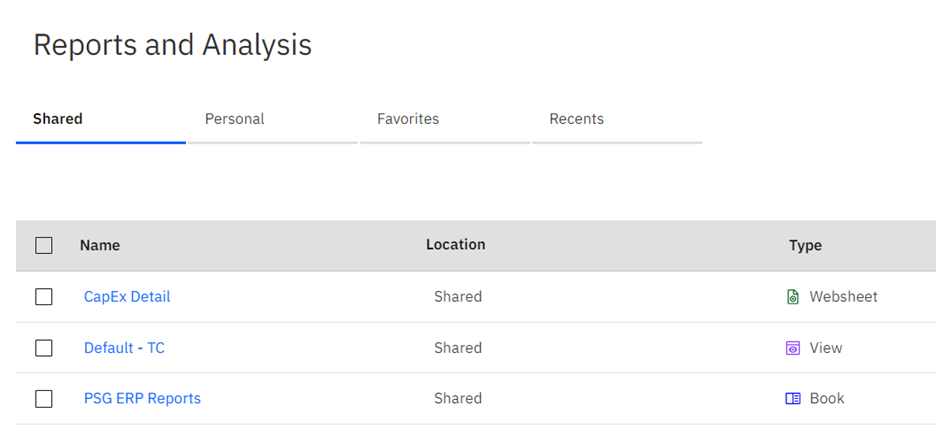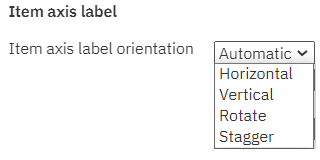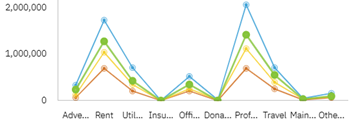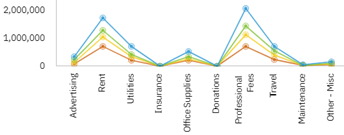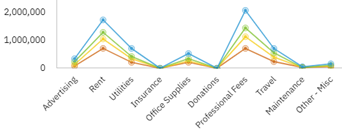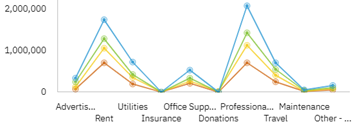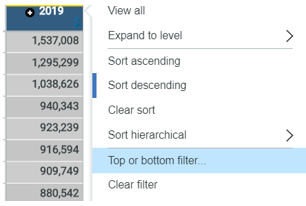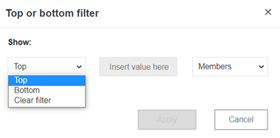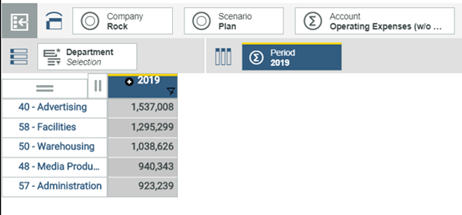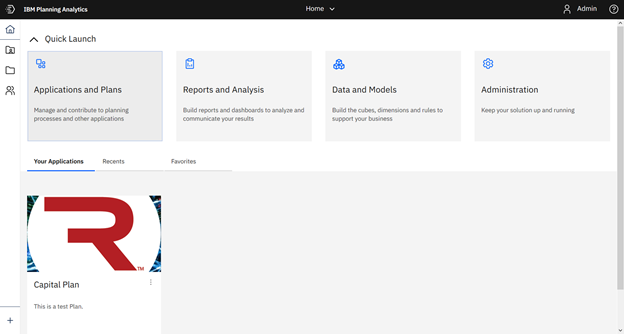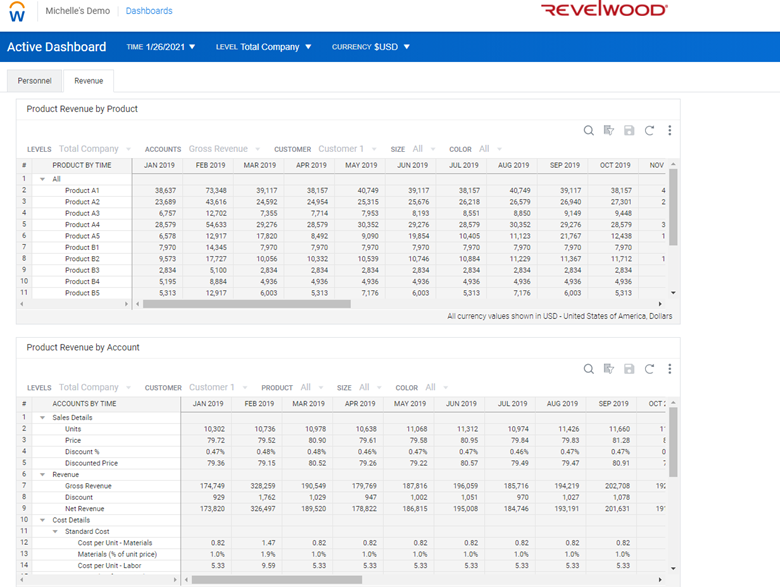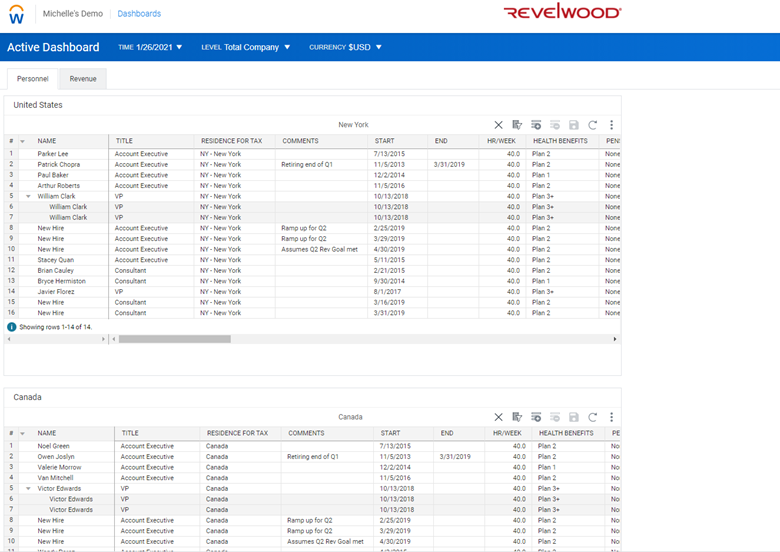Extended Planning and Analysis (xP&A) is an enterprise planning strategy that combines and extends financial and operational planning. According to Gartner, “Taking the ‘F’ out of FP&A offers cross-organization leaders an ‘extended,’ holistic view of their company’s operations, so that they can pivot the business with greater agility and more rapidly model future business scenarios.”
The benefits of xP&A include:
- Improved performance
- Greater collaboration
- Better workflow management
- Enhanced analytics
- Stronger governance; and more.
In a recent report, Gartner explains, “Financial planning and analysis (FP&A) efforts based on disconnected operational metrics and processes have impeded a broader approach to performance management … xP&A is a response to the challenges faced by enterprises seeking to exploit new digital business models and navigate current economic uncertainties.”
In essence, it goes that last mile from presenting a view just of finance to delivering a “holistic view of planning processes, results and progress toward fulfilling a strategy and meeting an organization’s goals.”
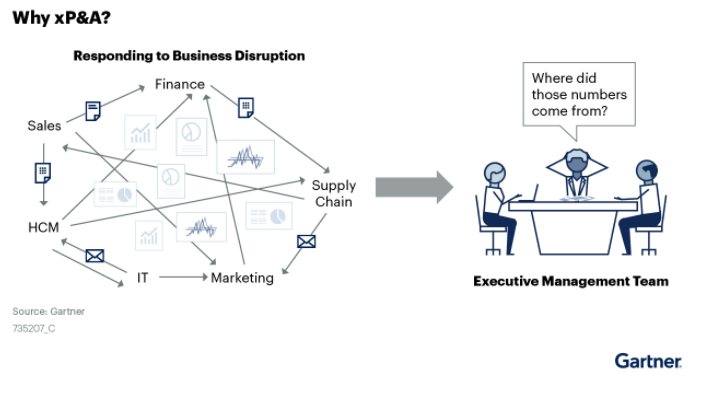
xP&A is building steam in leading organizations. In 2020 Gartner saw a “rapid increase in the number of client organizations seeking to integrate and link financial and operational planning processes wherever possible.” According to Gartner, more than half of the FP&A inquiries it received from January through October of that year have mentioned xP&A. The firm predicts that by 2024, 30% of FP&A implementations will be extended to support operational finance processes.
This report is a key resource for finance leaders and companies exploring xP&A. Download Innovation Insight for Extended Planning and Analysis (xP&A) to learn xP&A’s
- Benefits and uses
- Adoption rate
- Risks
- 10 major evaluation factors, and more.
xP&A can enable a view “of the current fluid, complex and highly dynamic business environment.” Companies of all sizes will benefit from xP&A solutions that keep fluctuating business plans aligned for more comprehensive and informed decision making.
Read related blog posts:
FP&A Done Right: xP&A and Modern Finance Planning
FP&A Done Right: 5 Ways Dashboards Empower the Office of Finance


